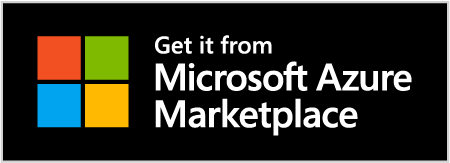Every time the conversation turns to Gen Z in the workplace, the stereotypes start flying. They won’t stay off their phones. They don’t want to work. They expect everything to be entertaining.
But here’s the truth: the frustrations people point at Gen Z have existed for every generation. Millennials rolled their eyes at PowerPoint-heavy onboarding. Gen X tuned out of compliance modules. Boomers sat through endless classroom lectures that didn’t stick. The problem isn’t generational. It’s structural.
Training that Actually Works
The way most organizations still train is rooted in a model that was outdated decades ago. Passive modules, generic slide decks, and one-off sessions don’t prepare anyone, Gen Z or otherwise, for the complexity of real work.
What actually works? Interactive, experiential, and continuous learning. That’s not new to Gen Z. It’s how all humans learn best. What’s new is that younger workers aren’t willing to tolerate the gap between what works and what companies still deliver.
See how ServiceSim works in 2 minutes:
Why Gen Z Is the Catalyst
Gen Z is the first generation to demand something better, but they’re not the only ones who benefit. When training reflects the actual pace and challenges of the job, everyone builds confidence faster, retains knowledge longer, and performs better, whether they’re 22 or 82.
The Bigger Picture
So let’s stop framing this as a “Gen Z problem.” It’s a workforce opportunity. The next evolution of training isn’t about tailoring to one age group. It’s about moving beyond passive, outdated methods and creating learning experiences that feel relevant, engaging, and effective for everyone.
Because when training actually works, employees of all generations stay longer, contribute more, and grow with the company.
Want to Try ServiceSim free?
Visit the ServiceSim listing on Microsoft’s Azure Marketplace

SUBSCRIBE FOR EMAIL UPDATES

